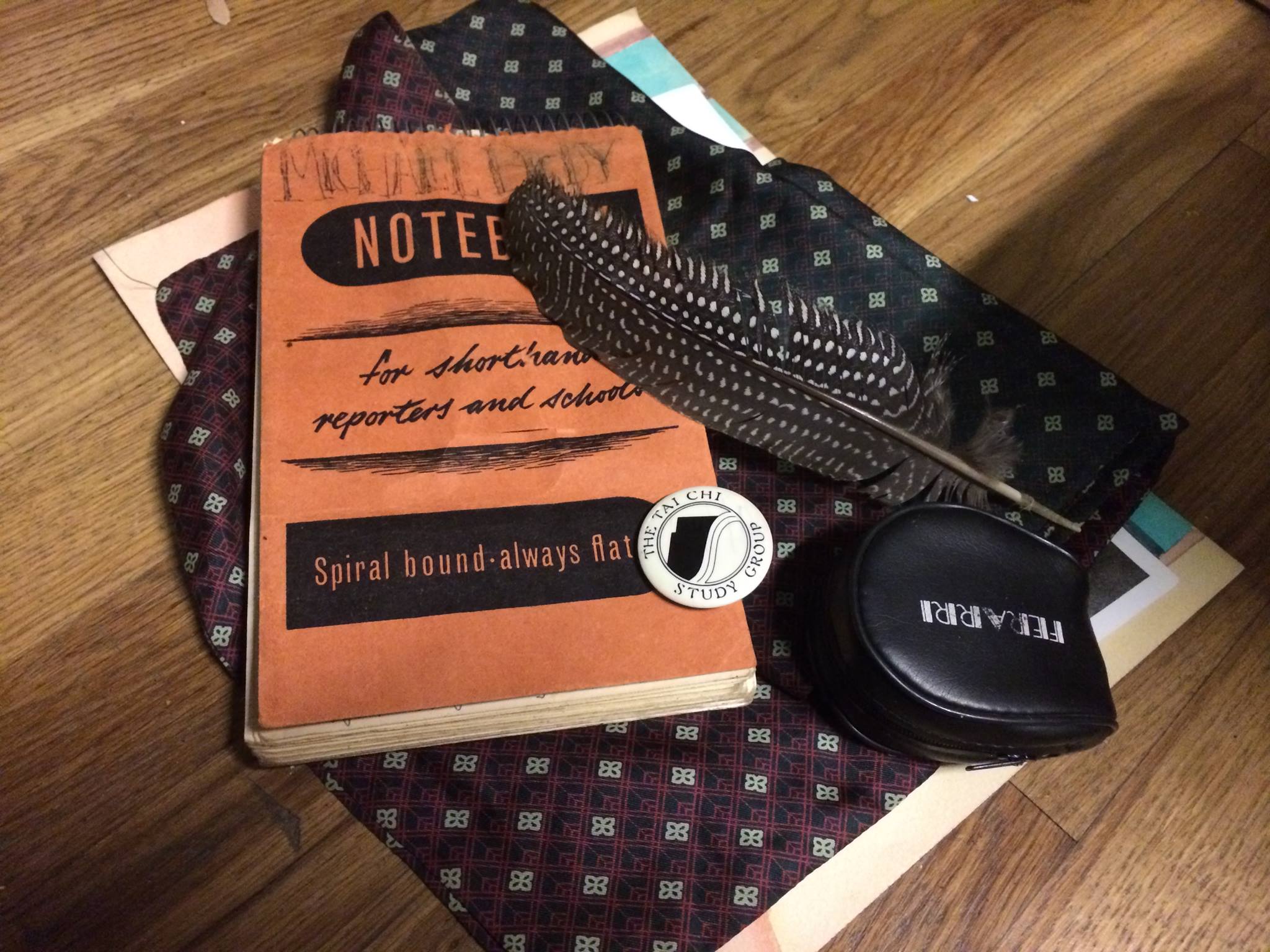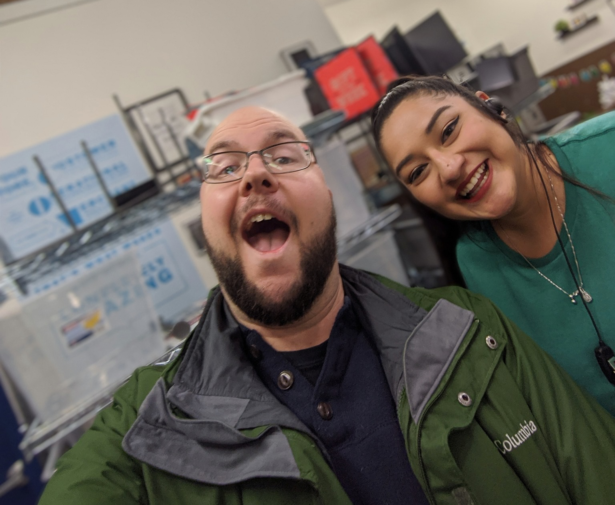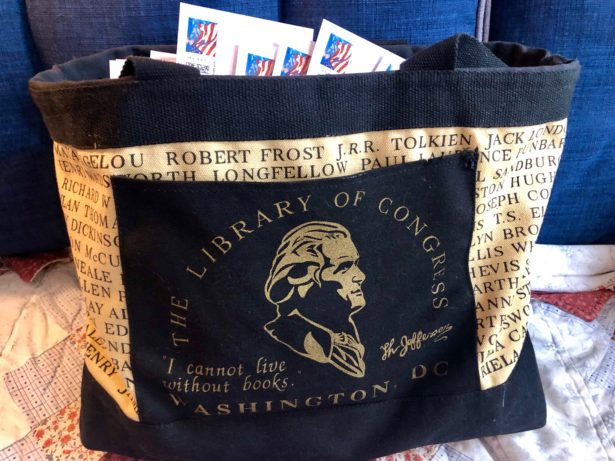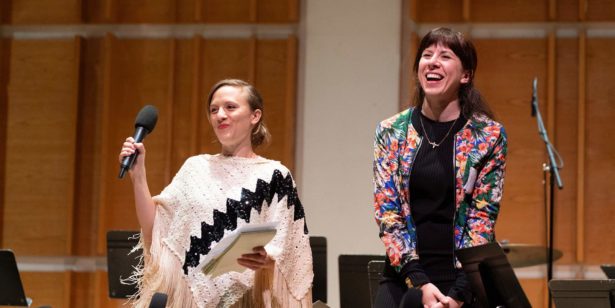
Bidding Farewell on Behalf of a Departed Friend
Filled with a lifetime of belongings, an apartment provides the inspiration for an unusual good turn
When entrepreneur Danielle Baskin wanted to borrow a C-clamp from the superintendent of her building in New York, she had little idea that it would be the beginning of a good turn that she would work on for many months, and that would touch the lives of many people she would never even meet, in a singular and unique way.
Her super had a clamp to lend her, but he asked for her help along the way. He was clearing out an apartment that had been the home, for 47 years, to a man who had no family that anyone knew of, and who had recently died after a stay in hospice. The superintendent wondered if Baskin, who was working in theater set design at the time, would like to take some of the objects it contained. Dating from the 1960s and 70s, they’d soon become trash if the super couldn’t find a new home for them.
“I was more interested in seeing this place than I was in getting a bunch of junk,” she told Good Turns recently, “but I followed him over. When he opened the door it was kind of like walking into this portal to 1968. There were beaded curtains dividing the rooms. There were no modern appliances, no traces of computers or anything. There was a tape player, but no modern electronics. Most of the objects were pretty old.”
While Baskin didn’t see much she would want for herself, the decades frozen in amber fascinated her, and she took a closer look at much of what was still in the apartment. The late resident, who’d worked as an actor as well as holding other odd jobs, had several trunks filled with pictures and with a collection of hats, and in one Baskin came across a journal, filled with ornate handwriting and line drawings, with entries dating from the late 1960s. Piled on furniture around the apartment were letters and postcards from friends, mostly dated from the 1980s and 90s, including one from 2012 from a woman named Pamela — who also appeared in the journal from the 1960s.
“I though, wow, he was in touch with this person this entire time, they must be close, I should try to contact her,” Baskin recalls. After some sleuthing, she located an email address in Berkeley, and sent a short note with the sad news. A few hours later, Baskin got a response, thanking her for getting in touch. “She seemed really heartbroken and did not know that he’d died,” Baskin says. “She had tried to visit him in New York but he wouldn’t open the door.”
Baskin’s email gave Pamela a chance to say goodbye to her old friend. And Baskin and Pamela stayed in touch. “She kept sending me all these stories about him, and I continued reading this journal, which he wrote when he was around 25, which was around the age I was at the time,” Baskin recalls.
“They were like little glimpses, some remnant of this person through objects.”
Whether through distraction, laziness, or fate, the landlord took more than a month to deal with the newly vacated apartment, and during that time Baskin was able to locate a number of other people who appeared in the diary or on the cards and letters she’d found in the apartment. “Right now, so many things are documented digitally, but all of these stories and things from that apartment have no documentation. There weren’t even that many pictures in the apartment. These are memories from before people even had disposable cameras. So it’s interesting to talk to these people and let them relive these experiences they had forgotten about because there was no physical thing to remind them,” Baskin says.
On other visits to the apartment, Baskin assembled small collections of objects (like the one pictured above) to send to the actor’s friends, helping to keep those undocumented memories alive. “They were like little glimpses, some remnant of this person through objects,” she says. “A lot of the people that he knew didn’t know about each other. They were all really appreciative to hear from me. And each person gave me different stories about him, so that it was like I had so much more information than the people that actually knew him, because I got multiple angles of this person.”
“More recently, I have been putting his friends in touch with each other,” Baskin says. “I feel like now he’s more well known, like all his friends are understanding him more. I’m trying to create a less compartmentalized life for him. I don’t know if that’s what he wanted. But then why did he leave all this stuff for someone to find?”
Posted March 10, 2017





